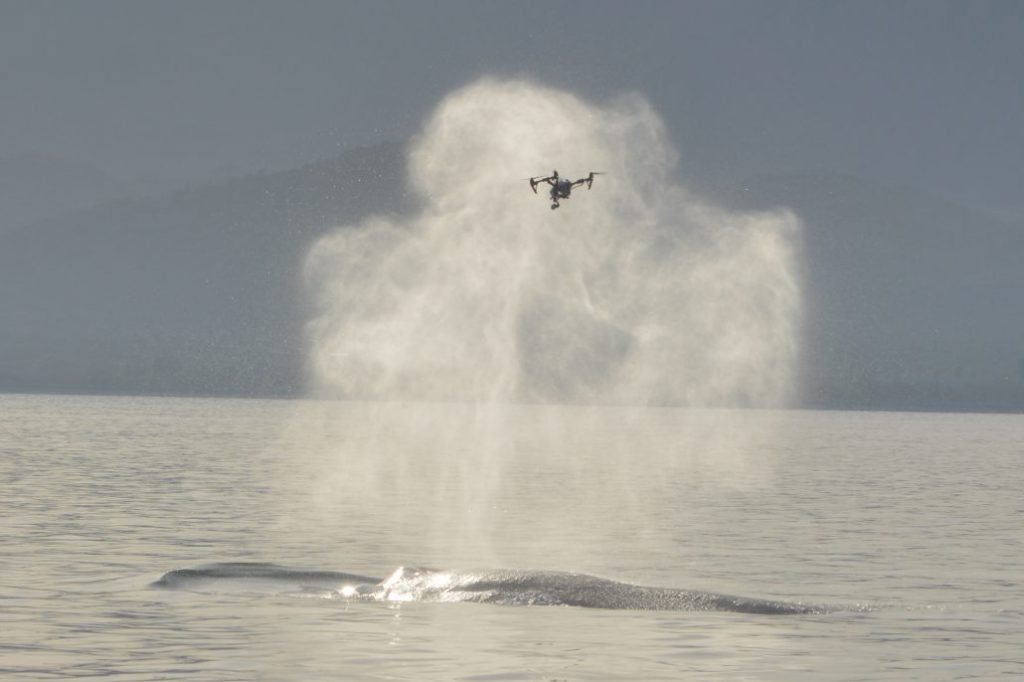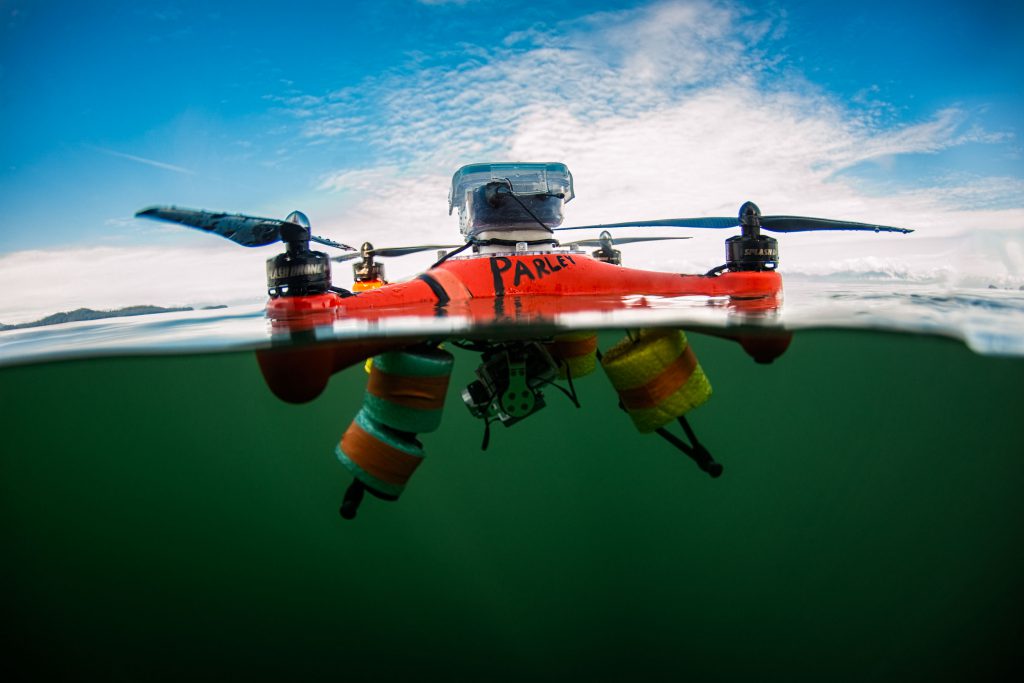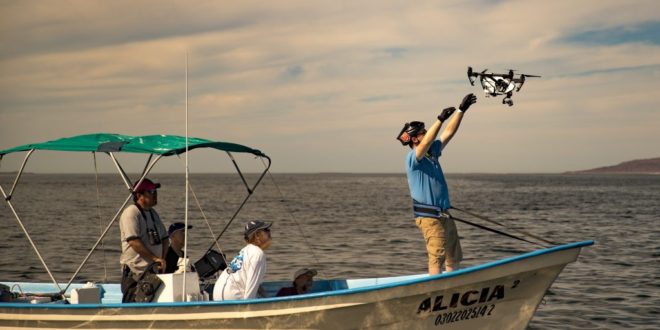In June final 12 months information emerged that Ocean Alliance, a number one group devoted to marine conservation and analysis, was utilizing drones to assemble knowledge on whales. Almost one 12 months on, we’ve been again in contact to learn how issues have progressed and the way drones have remodeled their expeditions.
The premise of Ocean Alliance’s knowledge gathering drones is just like that which we’ve seen throughout plenty of industries. They are cheaper, safer, sooner and extra environment friendly than typical means. But in this case, they’re additionally non-invasive. Speaking with Ocean Alliance CEO Dr Iain Kerr, it’s clear that this issue is as vital as any.
Read extra: Our story on SnotBot from final 12 months
“What is also important here is the amount of data we can collect simultaneously,” he mentioned. “A biopsy arrow just gets a bit of tissue, with our drones we have photographs that can be used to estimate size, video footage that we can use to observe animal behavior, we have the biological data from DNA to microbiomes and last but not least we have the exact time, date and position of the sighting. Drones are giving us a window into the lives of whales we have never had before.”
The DNA gathering that Kerr talked about is probably probably the most notable side of Ocean Alliance’s drone program, often known as SnotBot. SnotBot is normally a transformed DJI Inspire 1. As nicely as gathering some unimaginable aerial footage, a petri dish of kinds is linked as much as the drone and it’s despatched to hover immediately above a whale’s ‘blow’.
This enormous exhalation incorporates all kinds of beneficial organic knowledge that may inform researchers much more than you’d take into consideration the whale in query and the standard of its habitat.
Drones can remodel the notion and practicalities of whale analysis
Kerr is keen about how drone know-how can remodel each the best way his crew collects knowledge and the way it can elevate consciousness concerning the work of Ocean Alliance.
It’s onerous for me to specific how excited I’m about the entire idea of drones for whale analysis. I’ve been in this business for over 30 years and I’ve not seen many game-changers as vital as drones,” he mentioned.
It can be very fulfilling for me to see how many individuals of various ages additionally get enthusiastic about SnotBot and the usage of drones for whale analysis, exploration and science in basic, from Sir Patrick Stewart to a 9-year-old lady in my robotics membership.”
“Todays kids are constantly connected via small but powerful electronic devices and they are making new connections with the technology they have in their hand. That’s why SnotBot is the right tool at the right time: kids can easily equate and become excited and empowered by this tech. Love it or hate it, you remember the name SnotBot.”
Christian Miller, Ocean Alliance
Beyond the bodily knowledge that SnotBot collects, there are two promising parts in Dr Kerr’s thoughts: “The price point and the expansive potential,” he mentioned. “When a tool becomes affordable, more people use it and experiment with it, things that you might not do with a 20k tool. I see the world of drones opening doors for exploration and documentation of our oceans. You don’t have to be a PhD scientist to collect data or make a discovery, you just need to have curiosity and some persistence.”
“Drones can find engage you whatever your personal interests, whether it’s science, engineering, programming, photography, adventure, exploring or conservation.”

The Ocean Alliance crew is utilizing a modified DJI Inspire 1. Christian Miller
The 12 months forward: Introducing EarBot?
As nicely as a stay shoot with National Geographic in this coming July, Ocean Alliance has loads of concepts in the pipeline for a way drones might assist the group higher preserve marine life.
“One new concept that we have just tested is EarBot,” Dr Kerr tells me. It’s basically going to be a flying hydrophone, however one that’s sensible sufficient to comply with pods of whales and transmit findings again to the analysis crew. Again, it is a completely trendy, non-invasive approach of holding tabs in whales in the wild.

EarBot, Ocean Alliance’s newest whale analysis drone.
“Typically when you listen to whale vocalizations, you either have a hydrophone on a boat or on the ocean floor. Well what happens if the whales move? You have to move your hydrophones, which then inserts noise into the environment that you are trying to study.”
EarBot flies over to a bunch of whales and lands in the water close to them earlier than turning off its engines. It will have the ability to transmit knowledge again to a ship and likewise document excessive definition knowledge.If the whales transfer, it will possibly comply with and begin the method once more. “Minimally invasive to the whales, affordable and relatively easy for the humans,” says Dr Kerr.
Keen to search out out extra about Ocean Alliance’s work or assist whale conservation by way of drone? Visit the SnotBot web page or make a donation.
 Unmanned Aerial Vehicle The latest drone news
Unmanned Aerial Vehicle The latest drone news




